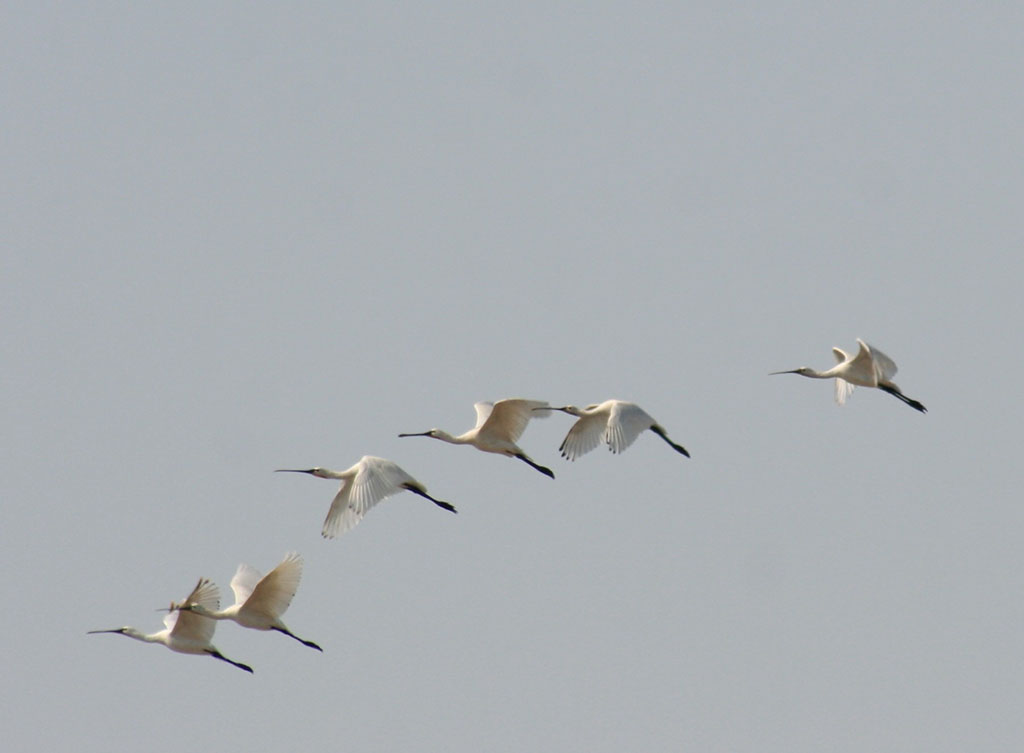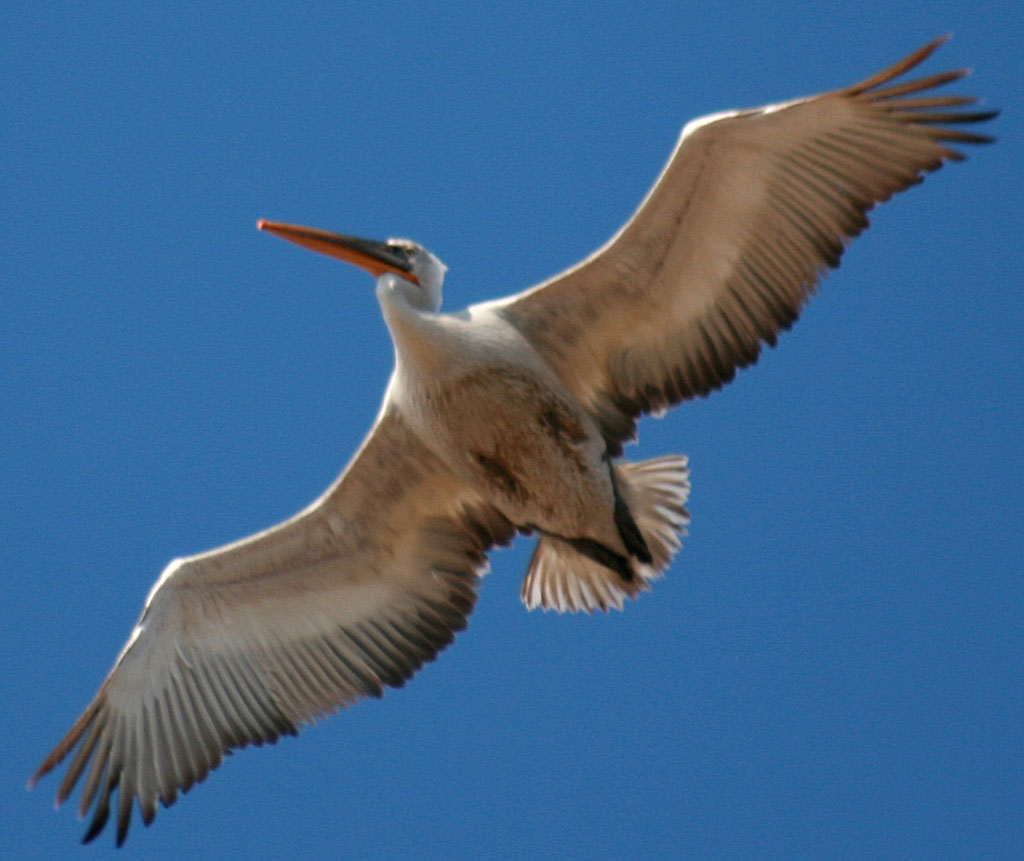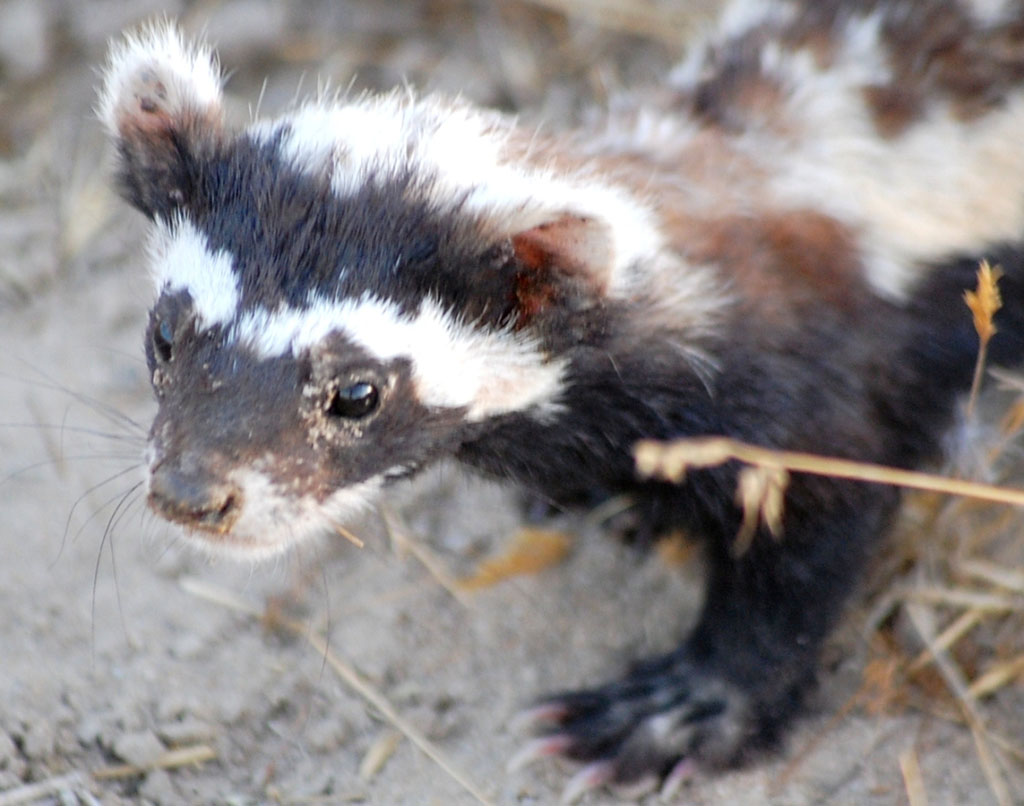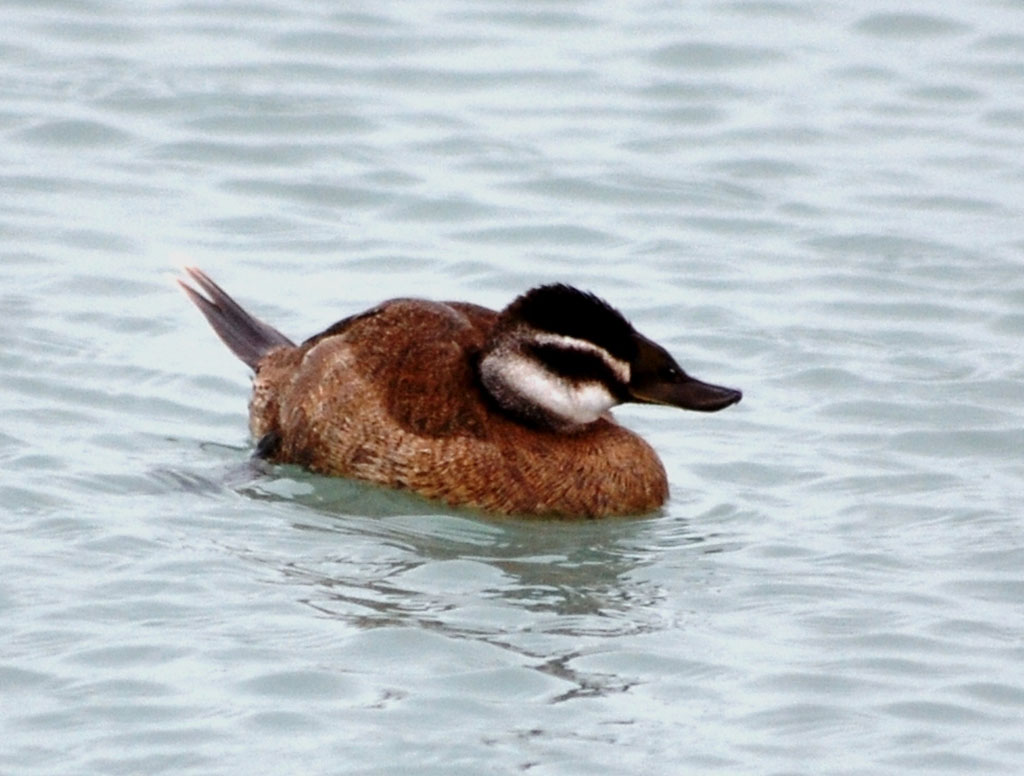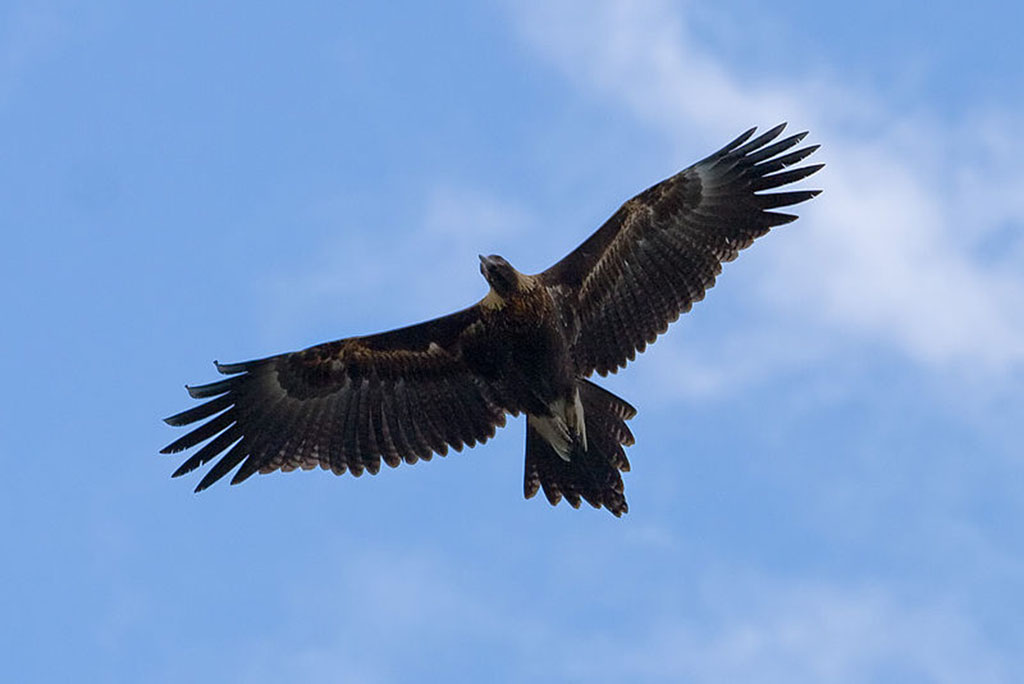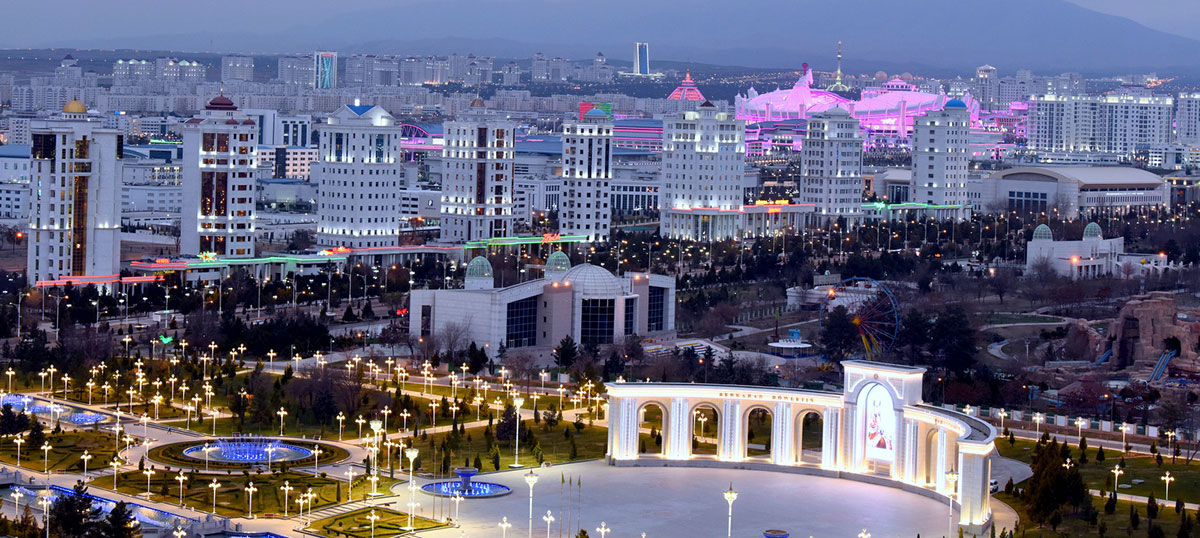921 flamingos have been counted in Karadag – Kaylyudag part of Turkmenbashy Gulf on January 12, 2018 while 864 birds have been observed in January 2019. Ornithologists have counted 436 birds in north-western part of the gulf on January 19, 2018 and the same number on January 6 this year. Altogether, it was 9,500 birds in Turkmen part of Caspian Sea in 2018. Therefore, it can be guessed that quite comfortable conditions for hibernation, migration and summer stay of this wonderful birds have formed up in Caspian region. However, nesting and raising chicks as it was on Sartas Cape in the first half of XX century is not possible yet. Similar situation related to rare ferruginous ducks, which were nesting on the lakes and floods of Etrek River in the 70s of the last century, is observed.
Other birds from the Red Book as well as rare for our region species have been observed, for example, white spoonbill, two couples of which nested on the island in reserve part of Balhan Gulf. Three Dalmatian pelicans have been met neat Karasengir Cape in March last year and in Turkmenbashy Gulf in November.
Scientists have managed to see the flocks of white-headed ducks, MacQueen's bustard and original Great bustard, the biggest of our birds, which weight reaches 18 kg. 26 vultures have been counted for 6 meetings and it was only once when golden eagles and bearded vultures were seen. It was unusual to see the 2,000 species flock of grey cranes, which are very rare in our country, at Burnak water well.
It is worth mentioning about the mammals as well. Couple of beautiful and rare marbled polecat, which were hunting the colonies of jirds in coastal zone, north of Koshagir water well.
Results of the first decade of January indicates that hibernation goes on average many year levels by quality and quantity indicators. The peak of hibernation is yet to come, during which Turkmen ornithologists will make full account of hibernating birds.




